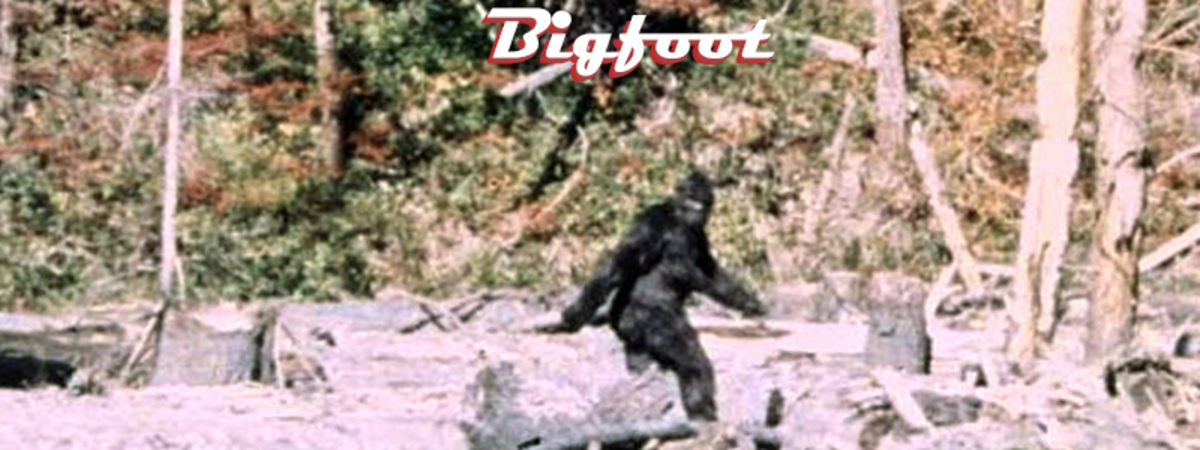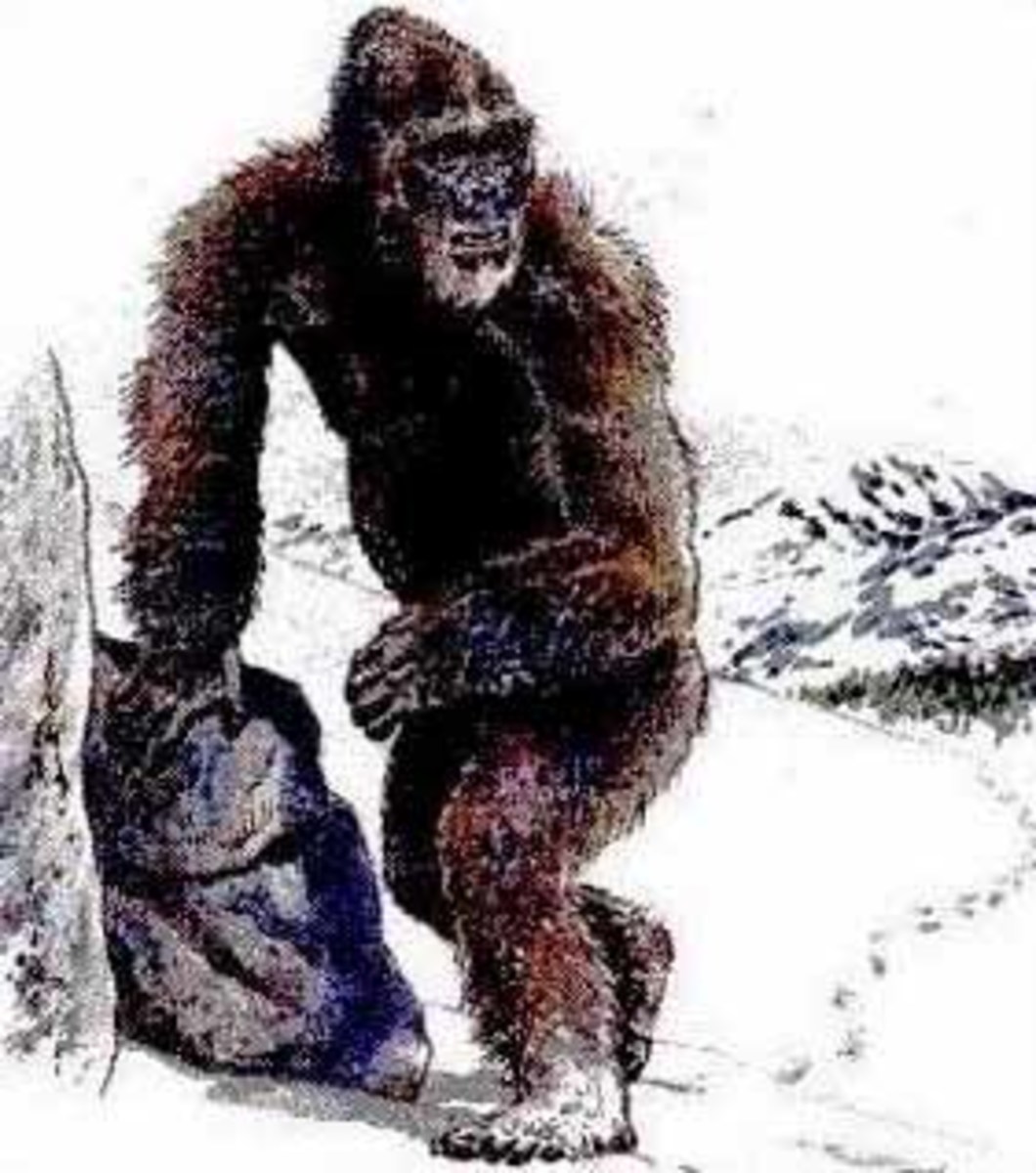- HubPages»
- Education and Science»
- Sociology & Anthropology»
- Folklore & Mythology
Do you have the Right Stuff to be a Cryptozoologist?
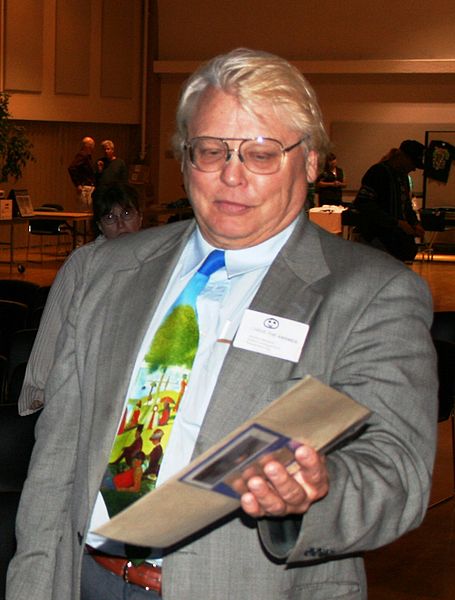
The flimflam factor
Cryptids are legendary animals whose existence is questionable. A few well-known examples: Bigfoot, the Loch Ness Monster, the Yeti of the Himalayas, and the Yowie from Australia.
Yes, there are snake oil purveyors, who are all too eager to turn a profit on the legends. One such person who comes to mind is the late Jon-Erik Beckjord. Erik has owned a few small cryptozoology-related museums. And he used to lead Bigfoot expeditions.
On a typical Beckjord expedition, the participants would be encouraged to photograph whatever interested them.
After the photos were developed, Erik would look for blurry spots. Whenever he found one, he would claim that it was a Bigfoot. I have looked at some of the photos, and must confess that I've been completely unable to see what I was supposed to see.
Erik was of the opinion that the Bigfoot is an interdimensional being, whatever that means. According to Erik, that partially explains why Bigfoot is so difficult to track down. Apparently Bigfoot can pop in and out of our reality.
Here's a LINK to one of Erik's famous Where's Waldo--I mean Where's Bigfoot photos. This one is courtesy of the International Cryptozoological Society.
That said, I'm open to the possibility that one or more of the various Cryptids are real. The existence of fast-buck artists in the Cryptozoology biz is utterly predictable, and neither proves nor disproves the existence of Cryptids.
Because of the Erik Beckjords of this world, any serious scientist who takes up Cryptozoology as a career specialty must have a very thick skin. How many biologists have the intestinal fortitude to follow their passions for Cryptozoology if that entails becoming the laughingstocks of their profession?

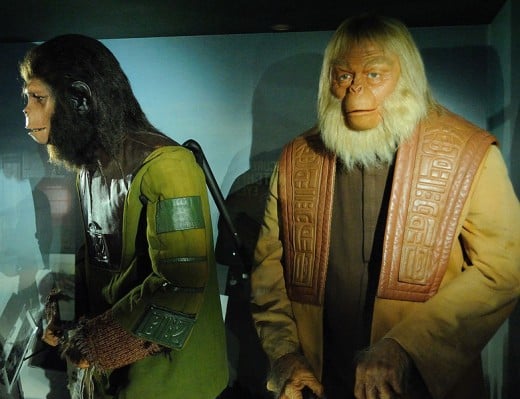
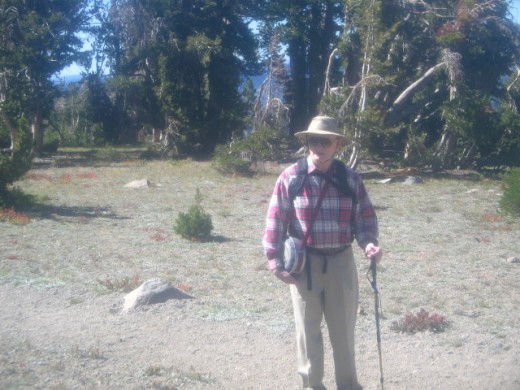

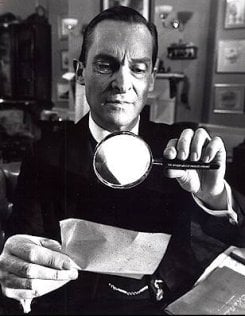
Measuring Bigfoot
The best Bigfoot photos that I have seen are from the 1967 expedition conducted by the late Roger Patterson and Robert Gimlin at Bluff Creek, in Northern California. And I'm not saying that the picture quality is great. But they did manage to capture more than half a minute of footage.
The most famous picture from that film is Frame 352, which shows a putative female Bigfoot walking rapidly past some logs. See photo at right.
Frame 72 (click on link below) is another photo of 'Patty' just before she disappeared into the forest. The feature that caught my eye was the arms. In proportion to height, the length of the arms was intermediate between the ape range and the human range. Moreover the lengths of the upper and lower arms were reasonably well proportioned.
This rules out the possibility of a man in a gorilla suit with extra long sleeves, holding a stick, attached to fake hands. Yes, this would have made the arms appear to be unusually long. But if that kind of fakery had been attempted, the forearms would have been far too long, in proportion to the upper arms. The result would have been an obvious 'Frankenfoot', rather than a self-respecting Bigfoot.
The BBC made a risible documentary, an episode of the X-Creatures series, which claimed to debunk the Patterson-Gimlin Film. The centerpiece of their film was an actor wearing a gorilla suit. Predictably, the ratio of arm length in proportion to height was within the normal human range. The BBC didn't even come close to replicating the essential feature of the Patterson-Gimlin Film.
The existence of the BBC documentary is incontrovertible proof that British television viewers enjoy watching actors walking around in gorilla suits. The classic Charlton Heston film, Planet of the Apes, was more entertaining. And more thought-provoking.
The Bigfoot Field Researchers Organization compared Frames 72 and 352 of the Patterson-Gimlin film with a photo of the BBC actor in the gorilla suit. BFRO's analysis emphasized the musculature.
The 'Costume' that Cannot be Re-Created
By the way, not all Bigfoot organizations are as reputable as BFRO. North America Bigfoot Search comes to mind. There are too many red flags popping up in their online material.
Would it have been possible for Patterson and Gimlin to fake their footage, using state-of-the-art 1967 special effects technology? I do not know; I'm not an expert on special effects. However the fakery would have cost a pretty penny.
Biomechanics experts have examined the P/G Film, and are divided between two verdicts:
•probably a fake;
•extraordinarily well done if it is a fake.
Bob Heironimus, an acquaintance of Patterson and Gimlin, has made the public claim that he was 'the man in the suit'. Yeah, right. And I'm Nessie.
It's predictable that at least one publicity hound would step forward. But we still don't have the costume, do we? I'm sorry; an unsubstantiated claim does not qualify as debunking.
There's one scenario that's not discussed very often: Patterson and Gimlin were on the up-and-up (which I believe to be true). And they were hoaxed by a very wealthy individual with an odd sense of humor. Suppose that such a hoaxer existed.
Then the hoaxer was privy to the travel plans of Patterson and Gimlin. The hoaxer located and hired a tall, extremely muscular person, with arms and torso that were disproportionately long compared to the legs, to wear a custom-made gorilla suit. Moreover the hoaxer treated the gorilla suit with a chemical whose smell spooked the relatively calm Rocky Mountain Horses that Patterson and Gimlin were riding, just before the riders saw the fake Bigfoot.
Now here's the 64-dollar question: Why wasn't the Patterson-Gimlin film a conversation-stopper? It's elementary, my dear Watson. Scientists love repeatable experiments. One-offs, like the Patterson-Gimlin film do not usually qualify as science. (However one may be able to sell high-quality Bigfoot photos to the National Enquirer.)
However there's an apparent exception to the rule about repeatable experiments in science: Global Warming studies. For example, nobody has been able to replicate the study that led to Michael Mann's infamous Hockey Stick Graph, because he refuses to release his raw data and computer codes. Michael Mann is a Crypto-climatologist, at best.
I'm one of a hundred or so scientists who collectively have debunked the Hockey Stick. Here's a LINK to my 2009 preliminary investigation on climate history in California's Northern Sierras at the science blog, wattsupwiththat.com.
Cryptid survey
What is your opinion about Bigfoot and other cryptids?


Cryptozoology careers?
We already looked at the guilt-by-association issue and the replicability problem. I have other reservations about scientists basing their careers on elusive beasties.
Where does one get funding for field studies on Cryptozoology? And if the funding does exist, would there be informal pressure to come up with positive findings? Shades of Global Warming 'research', 99% of which is funded by Western countries.
The leaders of these governments aren't as benevolent as they would have us believe. And some of the proposed remedies for the non-existent problem are truly draconian.
Book-writing is one option to consider. Submitting a manuscript to a publisher or three is less time-consuming than pounding the pavement, looking for an employer who has a job opening for a card-carrying Cryptozoologist. But if you don't pick your writing niche carefully, your intended audience may not respond well to a balanced treatment of the pros and cons for the existence of your Cryptid of choice.
What if one comes up empty-handed at the end of one's Cryptozoology career? (Ditto for SETI.) Nessie is especially problematic in this respect. How does a large Plesiosaur maintain its presence century after century, in an environment with very limited food native resources? If we assume that Nessie exists, there are two semi-reasonable explanations:
•Nessie is the only vertebrate that has conditional immortality. She doesn't undergo normal aging, and she puts her reproductive system on hold when food resources are marginal.
•There's a genetically viable population of Plesiosaurs in the Loch. They supplement their meager diet of native fauna by eating drunken tourists who fall into the water.
Neither scenario is palatable.
Fortunately, there are more productive avenues of leading-edge biological research. If you're a microbiologist or geneticist who's intent on discovering new life forms on a budget, go to the beach, collect a liter of seawater, and study the sample. It probably contains dozens of unknown bacteriophages. These are viruses that 'eat' bacteria. There may even be useful medical spin-offs from your discoveries.
Conventional wisdom says: Never undertake a scientific research project, unless you're confident of getting publishable results within a reasonable amount of time. Cryptid study should be a part-time avocation for volunteers, rather than a full-time occupation. Don't quit your day-job.
On the other hand, there's always room at the top. I'm thinking of Australia's very own Tim the Yowie Man. Tim was an economist, before seeing a putative Yowie while bushwalking, which was a life-changing experience for him. (I'm not saying that Yowes exist.) Here's a LINK to an article about Yowies, mistaken identity, and early humans in Australia at convictcreations.com.
If your heart is set on being a Cryptozoologist, here are some relevant skills: Dendrology; drawing from memory; First Aid; GPS; identification of hair and scat samples; making plaster casts of footprints; map-making; photographic analysis; technical writing, with an emphasis on grantsmanship; tracking; and vertebrate skeletal identification.
Excellent diplomatic skills may also be needed if you stumble upon a patch of California's largest cash crop on National Forest land--especially if it's being guarded by an armed and paranoid individual. Here's the worst possible thing to say in that situation:
I'm with the government. And I'm here to help you.
I've already mentioned one organization devoted to Cryptid study. It's the Bigfoot Field Researchers Organization. BFRO volunteers investigate and report on as many possible sightings as they can. While the vast majority of the accounts from credible witnesses are understandably inconclusive, the write-ups are well done nevertheless. (And BFRO's FAQ section is quite good.)
Compiling such a database may be helpful in species-profiling the big guy. This could be useful for future amateur Bigfoot expeditions attempting to make a well-documented, friendly First Contact.
Hubpages author Teresa Coppens' article gives a good overview of Cryptozoology. Hubpages author drbj has written a brilliant piece, Interview with Bigfoot. Anything this funny has gotta be true!
On the whole, the idea of Cryptozoology as a career choice reminds me of an old joke about a hypothetical job advert:
Psychic wanted. You know where to apply.
Copyright 2012 and 2013 by Larry Fields

